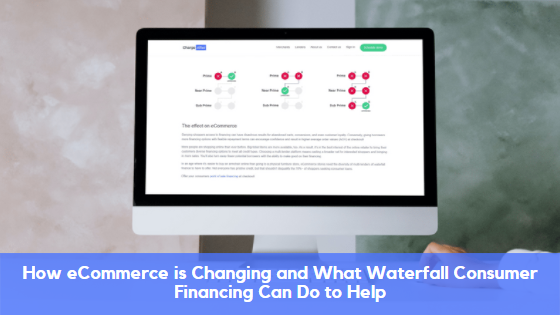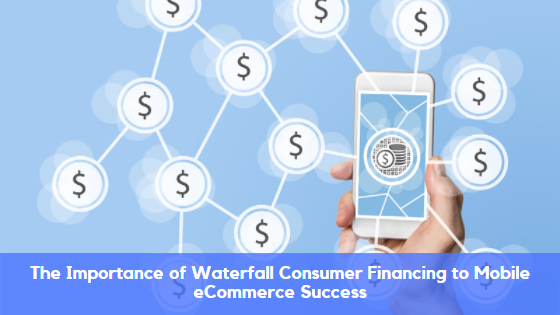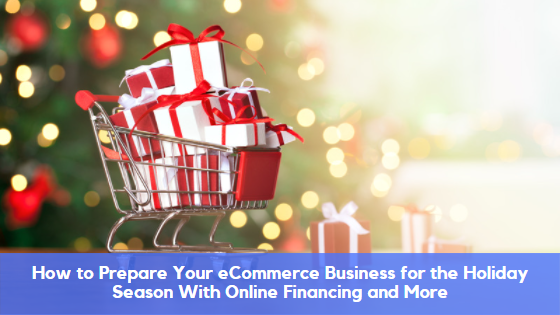Online retail competition is rife and business owners need to consider new avenues to promote their products and integrate best practices to set their digital stores apart. The need to develop better eCommerce platforms goes hand in hand with the increase in online shopping following the pandemic, and continued interest in efficient digital retail as a result. Implementing strategies to promote your products is a sure-fire way of grabbing consumer attention, acquiring new customers, and converting interested shoppers. Following this article’s 5 ways to promote your products including online financing and more, you can improve your sales, stand out from the competition, and grow your business in the digital shopping age.
1. Promoting With Online Financing
Online financing is a powerful promotion tactic that benefits consumers shopping with online stores. ChargeAfter is a provider of trustworthy online financing that connects shoppers with lenders capable of providing financing with no additional interest or credit applications required. eCommerce platforms can partner with ChargeAfter to integrate the beneficial consumer financing plug-in at their online shop checkout page, giving their buyers access to instant financing solutions. This integration promotes products as it provides incentives to consumers who use the feature. By highlighting the consumer-centric benefits of online financing, businesses can promote product sales at checkout without having to invest too heavily beyond the online financing integration.
2. Take Advantage of GMB and GMC
To stand out and sell products, online stores need to optimize their platforms for Google. Beyond implementing SEO best practices, companies should establish a Google My Business (GMB) page to improve their searchability. One should then consider setting up a profile with Google Merchant Center (GMC) to link Google Shopping with their online store. This helps consumers browsing Google find your products quicker, arrive at your website more efficiently, and even shop your products directly from Google should you enable this function.
3. Advertise a Social Media Competition
Social media competitions are a great way to get your products in front of your online audience. They are cost-effective as they rely on users sharing competition adverts with their friends and family that may fall within your target market. It is, however, advisable that you put ad spend behind your social media competition to increase your reach and impressions. This strategy will ensure that you attract many buyers and friends of those that advocate for your brand and products.
4. Utilize Email Marketing
Email marketing is a cost-effective and powerful strategy to implement as shoppers on your email database are often loyal buyers with a vested interest in your products. To bring their awareness to new deals and items, email marketing is your best bet as you can reach out to a massive list of people that are already aware of your brand. Furthermore, email magnets can encourage others to join your database and you can steadily grow your email marketing list while punting your products.
5. Showcase Success
Now more than ever, shoppers want to buy from stores that have positive reviews and customer testimonials. It is imperative that you highlight positive reviews and bring them to the consumers’ attention. You can also generate success story blogs that improve SEO and link to products to further promote items you wish to sell. A good review strategy will ensure that you sell to more of the right buyers quicker as customers make decisions based on other consumers’ experiences with your products and services.
A combination of online financing, Google features, social media advertising, email marketing, and review strategies will help your eCommerce platform put your products in front of your online audience and drive greater sales for profitable digital growth.
Want to learn more? Reach out to us here.







